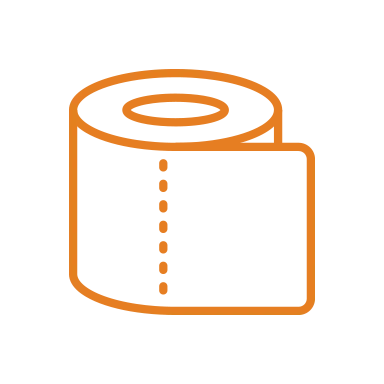How accurate is RFID compared to barcode scanning?
- 2/11/25 | Asked by Stephen Z.
RFID vs Barcode
When it comes to tracking inventory, accuracy is everything. Whether you’re managing raw materials, finished goods, or returnable assets, even small discrepancies can snowball into major operational headaches — missed shipments, overstocks, chargebacks, and wasted labor.
Many businesses still rely on barcodes to track inventory, but radio frequency identification (RFID) technology offers a major leap forward. So, just how accurate is RFID compared to barcode scanning? Let’s break it down.
The Barcode Bottleneck
Barcode scanning has been the standard for decades. It’s cheap, familiar, and works well in low-volume, controlled environments. But barcodes come with a major limitation: they require line-of-sight and manual scanning — one item at a time.
In high-volume or high-velocity environments like warehouses and manufacturing plants, this creates a bottleneck. Workers must physically locate the barcode, point the scanner, and verify the scan. Mistakes happen. Items get missed. Duplicates occur. And it all adds up.
Typical inventory accuracy using barcode systems hovers between 65% and 80%.
RFID: A High-Speed, High-Accuracy Alternative
RFID changes the game. It uses radio waves to read tags without requiring line-of-sight. A single RFID reader can detect hundreds of tags per second, even through boxes, pallets, or shelving.
That means:
- No more bending and reaching to scan.
- No more hunting for labels.
- No more missed items due to human error.
With RFID, companies routinely achieve 95% to 99% inventory accuracy, along with a massive boost in speed and visibility.
RFID vs Barcode: A Quick Comparison
| Feature | Barcode | RFID |
|---|---|---|
| Scan Type | Manual, one-by-one | Automated, bulk reads |
| Line of Sight Needed | Yes | No |
| Read Range | A few inches | Up to 20+ feet (passive) |
| Scan Speed | Slower | Hundreds per second |
| Accuracy | 65–80% | 95–99%+ |
| Labor Requirement | High | Low |
| Cost Per Tag | Low (~1¢–5¢) | Moderate (~10¢–30¢ passive) |
So Why Doesn’t Everyone Switch?
Barcodes still have their place. For low-value items, simple tracking needs, or small operations, the cost and simplicity of barcodes make sense.
But if your facility handles large volumes, struggles with inventory accuracy, or needs to reduce manual labor, RFID offers a compelling ROI. And with prices dropping and technology improving, the barrier to entry is lower than ever — especially when starting with a focused pilot project.
Final Thoughts
RFID isn’t just more accurate than barcodes — it’s smarter. It gives your operation real-time visibility, automated tracking, and the confidence that your inventory data actually reflects reality.
If you’re curious about how much accuracy you could gain with RFID in your facility, let’s talk. A short pilot can uncover big opportunities — and we’re here to help make it a success.















 RFID Cage
RFID Cage